
The Digital Marketplace Revolution
Good day, aspiring entrepreneurs and business owners. As we stand at the threshold of 2025, the landscape of selling physical goods online continues to evolve at a breathtaking pace. From my two decades of experience navigating e-commerce waves—marked by both thrilling success and humbling failure—I want to share deep insights on the top marketplaces you should consider in 2025, especially if you are based in or selling to markets such as the Philippines.
This lecture aims to blend storytelling, data, and actionable strategies grounded in SEO and digital marketing principles. Whether you're launching your first online store or scaling an existing brand, understanding these marketplaces can mean the difference between stagnation and exploding your monthly revenue into the six-figure range in USD—or its equivalent in PHP.
My Journey: Lessons from Success and Failure
Let me begin by recounting my own experiences. In 2011, I registered my first online store on a then-popular local marketplace here in the Philippines. Although the idea was promising, the platform lacked infrastructure and scalable logistics, leading to poor customer experience and slow sales. The monthly revenue plateaued at around ₱50,000, a modest sum that barely covered operating expenses.
Fast forward to 2017, armed with SEO expertise and marketing automation, I pivoted to a global marketplace with integrated support for Philippine sellers. Within six months, my monthly sales crossed PHP 1,000,000 (~USD 20,000) and grew exponentially from there. Each marketplace has its own unique ecosystem, and my ability to tailor my listings and marketing strategies was key to this growth.
Criteria for Selecting Marketplaces in 2025
Not all platforms are created equal. I advise my clients using a checklist of vital factors to evaluate marketplaces, including:
- Customer Reach and Traffic: Is the platform popular among your target demographic? Does it have significant organic traffic?
- Fee Structure: Understanding commission fees, listing fees, and payment processing charges in
PHPor USD. - Logistics and Shipping: Does the marketplace offer integrated logistics or partnerships that ease delivery within and outside the Philippines?
- SEO and Marketing Tools: Can you optimize your product listings to rank well organically on the platform?
- Seller Support and Policies: Transparency, dispute resolution, and ease of onboarding.
Top Marketplaces to Consider in 2025
1. Shopee: The Southeast Asian Giant
Originating from Singapore, Shopee is the dominant marketplace across Southeast Asia, including the Philippines. Its intuitive mobile app and aggressive marketing campaigns have driven massive user adoption. The commission fees typically range between 1% to 5% depending on category.
From my experience, leveraging Shopee’s integrated advertising platform (Shopee Ads) and Flash Sales can spike visibility tremendously. For Philippine sellers especially, the platform’s embedded payment system and partnerships with local courier companies reduce logistical headaches.
2. Lazada: Alibaba’s Powerhouse in Southeast Asia
Lazada offers a more premium marketplace experience and is backed by Alibaba’s ecosystem. This means better support for cross-border trade—a crucial advantage for sellers eyeing expansion beyond the Philippines.
Expect commission rates between 2% to 5%, with additional service fees for value-added services. Lazada’s Seller Center analytics provide robust data, allowing refined marketing strategies—a capability I recommend mastering fully.
3. Amazon Global Selling
Although not focused on Southeast Asia, Amazon’s immense global reach is invaluable for brands ready to scale internationally. The fees can be steeper, with referral fees ranging from 6% to 45%, but the access to millions of customers can justify the cost.
My Philippine clients who mastered Amazon’s SEO techniques and utilized their Fulfillment by Amazon (FBA) services have seen their monthly revenues explode. Localizing product copies and gathering reviews in English are critical for success here.
4. Etsy: The Artisan’s Paradise
If your physical goods focus on handcrafted or vintage items, Etsy's specialized community is unmatched. The platform charges a flat listing fee of $0.20 (roughly PHP 11.50) per item plus a 6.5% transaction fee.
I once advised a Filipino craftsman who transitioned from traditional markets to Etsy, doubling his income within a year by adopting targeted SEO keywords and seasonal promotions.
5. eBay: The Veteran Marketplace
eBay remains relevant for niche items and collectibles. The fee structure is complex, with insertion fees and final value fees averaging 10% in most categories.
My initial eBay experience involved selling imported electronics, which helped me understand international buyer behavior and shipping logistics—a foundation that informed later successes on other platforms.
Comparative Marketplace Fee Summary for Philippine Sellers
| Marketplace | Commission Fee | Listing Fee | Payment Processing Fee | Additional Notes |
|---|---|---|---|---|
| Shopee | 1%–5% | Free | 1%–2% | Strong local logistics integration |
| Lazada | 2%–5% | Free | 1.5% | Robust analytics, cross-border trade |
| Amazon | 6%–45% | Free (Professional plan) | 2.9% | Global reach, FBA available |
| Etsy | 6.5% | ~PHP 11.50 (~$0.20) | 3% | Best for handmade/vintage products |
| eBay | ~10% | Varies | 2.9% | Great for niche/collector items |
SEO Strategies to Dominate Marketplaces
Understanding SEO for marketplaces is often overlooked but is vital for visibility. Unlike traditional website SEO, marketplace SEO depends on keywords, product titles, descriptions, and metadata within the platform’s search algorithm.
I recommend conducting thorough keyword research using tools like Google Keyword Planner, Ahrefs, and even examining competitors’ listings. For example, adding localized keywords such as "Made in Philippines" or "Filipino craftsmanship" can connect your products with buyers seeking unique regional goods.
In addition, high-quality images and videos increase click-through rates, positively influencing ranking algorithms.
Marketing Beyond the Marketplace: Building Brand Equity
While marketplaces bring traffic, diversifying marketing channels compounds growth. Email marketing, social media ads targeting demographically relevant segments, and influencer collaborations can multiply sales, reducing overreliance on any single platform.
In one instance, integrating Facebook Ads with Shopee’s storefront helped increase a client’s monthly revenue by 30% within just three months. It also built returning customers who value the brand, not just the marketplace.
Localizing Logistics and Customer Experience for Philippine Sellers
The unique challenges of shipping across the Philippine archipelago demand partnerships with reliable couriers such as LBC Express, J&T Express, or GrabExpress. Failure to optimize this can lead to delays, negative reviews, and lost sales.
Coupling marketplace logistics support with local courier services to create hybrid solutions worked best in my consulting projects, minimizing costs and providing excellent service.
Leveraging Data Analytics for Marketplace Success
In the data-driven era of 2025, marketplace success hinges on your ability to analyze and adapt based on insights. Both Shopee and Lazada, for example, provide comprehensive dashboards showing conversion rates, customer demographics, and inventory trends.
During a case study with a Philippine-based fashion brand, we discovered that 65% of customers dropped off at checkout on the mobile app. By optimizing payment options and adding localized promos, the conversion rate jumped by 18% in a month, pushing the brand well into six-figure monthly PHP revenues.
Managing Inventory and Supply Chain in a Fragmented Market
For physical goods sellers, inventory management remains one of the toughest challenges. Philippine sellers face additional complexity due to geographic fragmentation and variable infrastructure quality.
Solutions I have developed with clients include:
- Distributed Warehousing: Utilizing third-party logistics (3PL) providers in key regions to reduce delivery times and costs.
- Real-time Inventory Syncing: Employing cloud-based inventory software integrated with marketplaces to avoid overselling.
- Demand Forecasting: Applying historical sales data and seasonal trends to ensure stock availability without overstocking.
Implementing these strategies enhanced a consumer electronics brand's operational efficiency, reducing stockouts by 40% within six months.
Understanding the Impact of Emerging Technologies
In 2025, technologies such as Artificial Intelligence (AI), Augmented Reality (AR), and Blockchain are reshaping marketplace dynamics.
- AI-Powered Personalization: Platforms now leverage AI to tailor product recommendations, increasing average order values. Sellers who optimize keywords and use high-quality visuals gain greater traction from AI algorithms.
- Augmented Reality Shopping: Sellers of furniture and fashion in the Philippines have embraced AR features allowing customers to visualize products before purchase. This reduces returns and builds trust.
- Blockchain for Transparent Payments and Anti-Counterfeiting: Some marketplaces offer blockchain-based verifications ensuring authenticity, a critical consideration for luxury goods sellers.
Managing Marketplace Reputation: Reviews and Customer Service
Reputation is currency in online marketplaces. Negative reviews can tank sales overnight while glowing testimonials drive trust and SEO ranking.
From my experience advising an artisanal food producer in the Philippines, promptly responding to customer feedback and offering conflict resolution boosted their review scores from 3.8 to 4.7 stars. This uplift coincided with a 50% increase in monthly sales.
Best Practices for Reputation Management
- Encourage satisfied customers to leave reviews through follow-up emails or incentives.
- Respond to negative feedback promptly and professionally, addressing issues transparently.
- Regularly update product listings to reflect any design or packaging improvements.
Case Study: From ₱100,000 to ₱6,000,000 Monthly Revenue in 18 Months
Consider a Philippine-based startup specializing in eco-friendly home products. The founder initially sold exclusively through local markets with limited reach and PHP 100,000 monthly revenues. By strategically shifting to Shopee and Lazada, integrating SEO-rich product titles like "sustainable bamboo kitchenware Philippines" and utilizing marketplace ads, the brand attained a sixfold increase in sales.
Key Tactics Included:
- Leveraging Shopee’s CPM-based ad options for targeted product awareness campaigns.
- Partnering with local influencers to create authentic content.
- Optimizing inventory management to prepare for peak seasons and promo events.
- Deploying chatbots for 24/7 customer support and upselling.
Pricing Strategies in PHP: Balancing Competitiveness and Profit
Setting prices effectively in marketplaces requires balancing customer expectations with profitability. Philippine sellers often compete on price, but discounting too aggressively erodes margins.
I advise implementing dynamic pricing models based on the following:
- Market Benchmarking: Use competitor prices on marketplaces as a baseline.
- Cost-Plus Pricing: Factor in all variable and fixed costs, including marketplace fees and shipping.
- Value-Based Pricing: Highlight unique product qualities allowing premium pricing—e.g., "handcrafted from sustainable Filipino materials".
For example, if your cost per unit is ₱500 and marketplace fees total 10%, setting an effective price around ₱700 balances competitiveness while securing a healthy margin.
The Role of Social Commerce and Emerging Marketplaces
Social commerce—the merging of social media platforms as marketplaces—has expanded rapidly. Facebook Marketplace and Instagram Shopping offer seamless buying experiences.
In the Philippines, where social media penetration is extremely high, integrating social commerce with your primary marketplace presence can amplify exposure. Moreover, emerging platforms tailored to niche interests, such as Carousell for used goods or Zalora for fashion, provide focused audiences.
Wrapping Up Our Marketplace Exploration
To summarize, the key to achieving impressive monthly revenues selling physical goods in 2025 lies in selecting the right marketplaces, mastering SEO, integrating data analytics, optimizing pricing in PHP, and embracing technological advancements—all while catering to the unique needs of your customer base in the Philippines and beyond.
As you continue to build your e-commerce empire, remember that these insights stem from real-world challenges and triumphs encountered over years of dedicated consultancy. Those who commit to continuous learning, adaptation, and customer-centric strategies will lead the pack.
We are the best marketing agency in the Philippines.
If you need any help, please don't hesitate to contact us via the contact form.






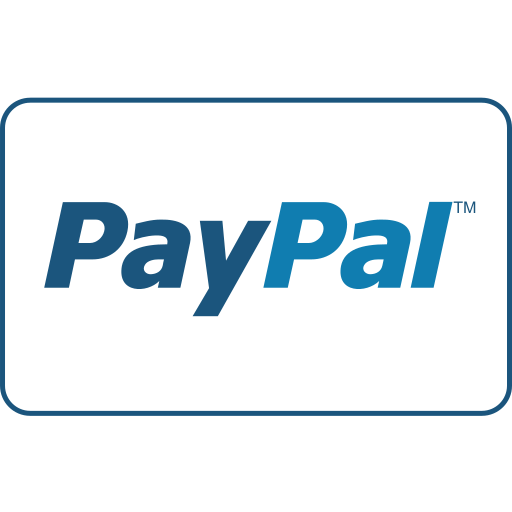
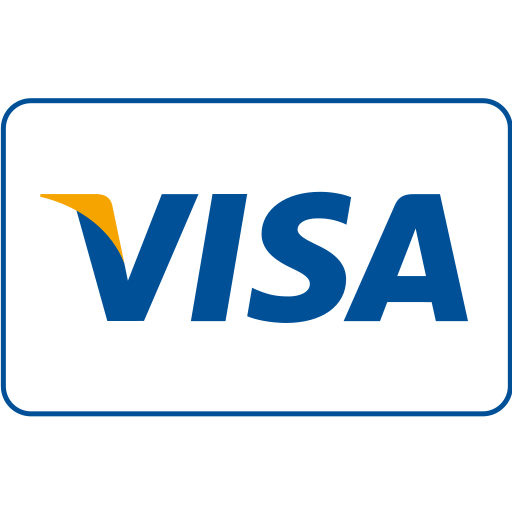
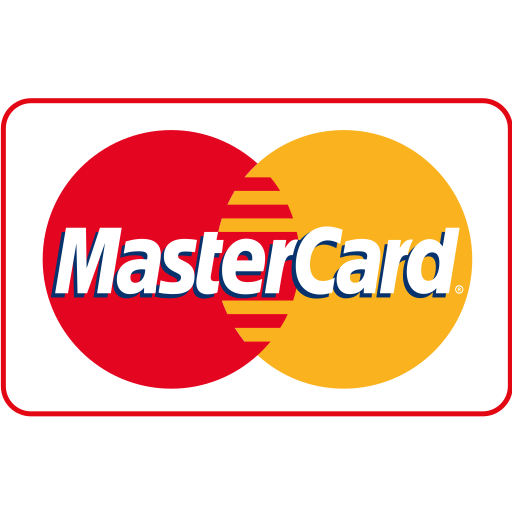
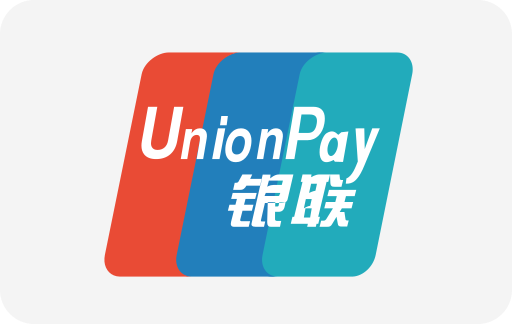
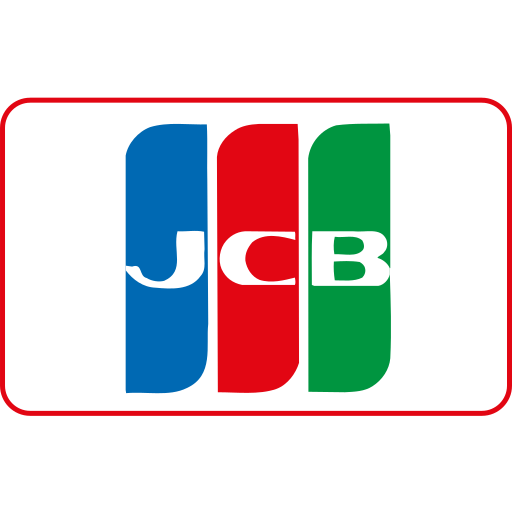


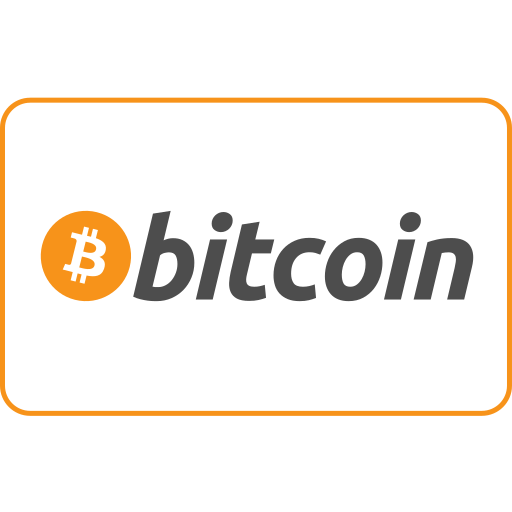

Ang PH Ranking ay nag-aalok ng pinakamataas na kalidad ng mga serbisyo sa website traffic sa Pilipinas. Nagbibigay kami ng iba’t ibang uri ng serbisyo sa trapiko para sa aming mga kliyente, kabilang ang website traffic, desktop traffic, mobile traffic, Google traffic, search traffic, eCommerce traffic, YouTube traffic, at TikTok traffic. Ang aming website ay may 100% kasiyahan ng customer, kaya maaari kang bumili ng malaking dami ng SEO traffic online nang may kumpiyansa. Sa halagang 720 PHP bawat buwan, maaari mong agad pataasin ang trapiko sa website, pagandahin ang SEO performance, at pataasin ang iyong mga benta!
Nahihirapan bang pumili ng traffic package? Makipag-ugnayan sa amin, at tutulungan ka ng aming staff.
Libreng Konsultasyon